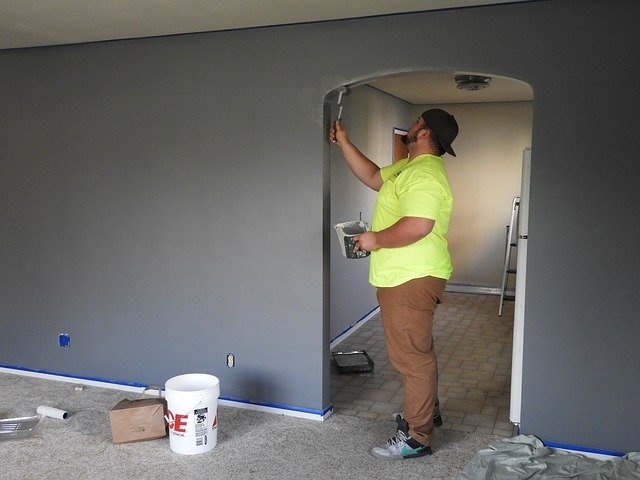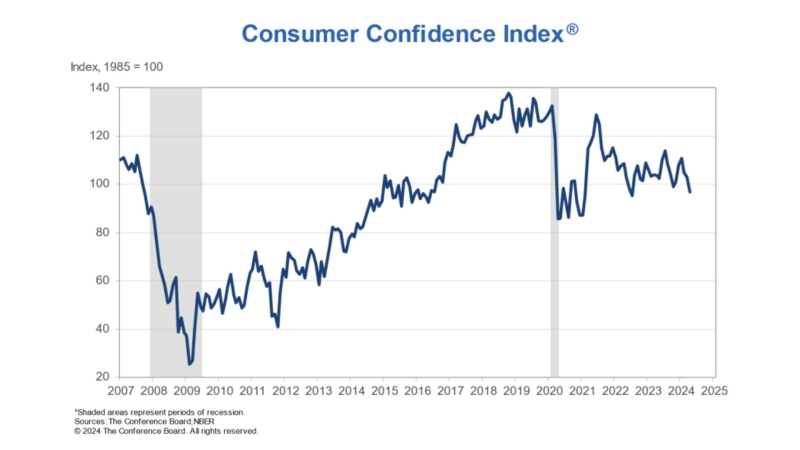
The Fix Is In For Experienced Flippers

Knowledgeable Investors Have The Advantage Over Newbies In Pandemic Housing Market
The past few years have been especially tough on fix-and-flip investors, with rapid price appreciation and slow-to-recover inventory. Although the rate of home flips in the U.S. has been rising steadily since March, data from ATTOM reveals that profit margins have been sinking.
Return on investment for fix-and-flips dropped to 33.5% from 37.2% three months earlier and 40.6% one year earlier. When only looking at the average, it would seem like a dismal year for fix-and-flippers. But profits aren’t the same for everyone, and experienced investors have the secret sauce for getting greater returns.
Experienced investors can be loosely defined as those who have been in the real estate game long enough to know how to handle dramatic market fluctuations, including rapid price appreciation and low inventory. Prior to the pandemic, America was already in the midst of a housing affordability crisis, with low inventory and ever-increasing housing costs. In 2019, 48.8% of households in the U.S. were cost burdened, meaning that 30% or more of the household income went toward housing costs, according to the U.S. Census Bureau. But that issue grew tenfold over the course of the pandemic, and not everyone was ready.
This past June, the S&P CoreLogic Case-Shiller national home price index recorded the largest annual gain in home prices, at 18.6%, up from 16.4% just one month earlier. The reason neither mortgage professionals nor investors should be panicking is because this rapid price appreciation is being fueled by consumer demand. Historically low interest rates on mortgage loans have caused consumers to flood the market, and experienced real estate investors are gaining some of the best business of their lives.

“This is the greatest time ever for experienced investors,” said William Tessar, president of CIVIC Financial. “The reason we haven’t sunk into another housing crisis or bubble is because we have historically low interest rates and an overwhelming amount of consumer demand. So, price appreciation is actually a good thing, especially when thinking about resale value. It’s all natural market competition, and experienced investors have been able to capitalize on these opportunities.”
Experienced investors also have the privilege of partnering with service teams, like property management teams or ancillary teams, to handle more minute details. They’ve also built partnerships with contractors, real estate agents, and appraisers over the years. For example, seasoned investors know a good real estate agent should act as a second pair of eyes when purchasing flips, analyzing the appropriate purchase price and estimating what the home’s value would be after renovations. It takes time to develop these relationships, but you don’t necessarily need them to see greater returns on your investment.
Remote Work Migration
In order to understand economics, experts say “follow the money,” and in order to understand real estate investing, experts are saying “follow consumer demand.”
“Investors can’t do enough research,” Tessar stated adamantly. “The Great Reshuffling has had the greatest impact for both investors and lenders, and if you’re not paying attention to these trends, you’ll be completely lost.”
The most important factor for investors to consider in today’s market are migration patterns, Tessar noted. Due to the proliferation of remote work during the pandemic, the wealthy and middle class have been seeking more suitable places to live. Overall, preferences changed because many lives changed. Suddenly, parents needed an at-home office; mothers needed a classroom to teach their young children, and relatives needed an extra bedroom for moving in. In late August, Redfin reported that the sale of large homes (3,000 to 5,000 square feet) increased 21% year-over-year, growing 10 times faster than smaller homes.
“Investors who know what they’re doing are paying attention to people’s preferences. Homes are expanding, they’re being used differently, and people are buying bigger,” Tessar said. “What’s great is that all of this information is available online. Where people are migrating to — the southern and western regions — you don’t need a team to figure that out. All the information is easily accessible.”
Indeed, many organizations have been tracking domestic migration patterns since the housing boom began a few months into the pandemic. Zillow reported that southern states and metro areas saw the greatest inbound moves during the first 11 months of the pandemic, including Phoenix; Charlotte, N.C., and Austin, Texas.
Zillow Senior Economist Jeff Tucker noted that, “More affordable, medium-sized metro areas across the Sun Belt saw significantly more people coming than going, especially from more expensive, larger cities farther north and on the coasts. The pandemic has catalyzed purchases by millennial first-time buyers, many of whom can now work from anywhere.”
On that note, Tessar also pointed out that the most important trend for investors to pay attention to is the permanent shift toward remote work. According to a survey by the PulteGroup, 53% of consumers would prefer buying a home with a dedicated home office, rather than purchasing one with an extra bedroom. Additionally a study by Ledger, encompassing 10,000 working Americans, reveals that 21% of the workforce was still teleworking as of March 2021.
Even more recent research from Zillow suggests that more of America’s workforce will become remote as the year goes on, with 84% of workers who desire partial remote work after teleworking through the pandemic. Zillow’s survey even suggests a generational shift will occur, since half of all Millennial and Gen Z workers reported they are likely to look for a new job if their employer requires them to be in-person more than they would like.
Tips For Newbie Investors
As part of Tessar’s overarching point, investors first need to look at affordable metros and counties that offer the most inventory to suit modern day consumer preferences. At the start of the pandemic, states like Texas, Florida, and Georgia saw a lot of net inbound migration, mainly coming from California metros and other expensive coastal cities. A recent Redfin report noted that a homebuyer could buy three homes in Austin, Texas, for the same price as one home in San Francisco or Los Angeles.
Only 7% of investors working with CIVIC Financial are first-time-investors, “mainly because they’re all one-and-done,” Tessar said. “A lot of them come in and see this investment thing as a hobby. They don’t realize how much effort it takes, and after experiencing multiple time delays and cost overruns, they never want to do it again.”
On the other hand, he said, “Experienced investors have reliable partnerships and a trustworthy team. They strategize by researching their area, looking at comparable inventory; they buy in bulk to spread their assets, and look to invest in low-cost, rural areas where people are moving.”
Essentially, today’s market is just as hostile for first-time investors as it is for first-time homebuyers. Most investors are getting pummeled by rising prices, more so on purchase than on resale. The median resale price of homes flipped nationwide was $267,000 in the second quarter of 2021, generating a gross profit of $67,000 above median investor purchase price of $200,000. This marks a 10-year low on fix-and-flip profit margins, according to ATTOM.
The rising cost of materials and shortage of labor has already made home renovations difficult enough. The Purchase Price Index from the U.S. Bureau of Labor Statistics shows that, overall, building materials have increased 19.4% during the past 12 months and 13% year-to-date. So, without a reliable team to work flexibly and allow discount rates, newbie investors are left hanging by the wayside.
Most of the time investors try to save on purchases by finding a good deal or cutting corners on the closing costs. Closing costs entail additional expenses, such as origination fees, discount points, appraisal fees, title searches, title insurance, surveys, taxes, deed recording fees, and credit report charges. Investors often can find luck negotiating on lender fees to lower the cost.
“As they say in golfing, ‘work from the green backwards,’” Tessar said. “Envision what your end product would be. So, if you want X amount of profit, what will your resale value be? What would your closing cost look like, and your renovation budget? Thinking this way can help set goals and outline a better model of business.”
Looking forward, many assume that the end of forbearance and the federal moratorium will present an opportunity for investors to snatch up inventory. Throughout the past several months, the supply of previously owned homes was near record lows, but by early October, everyone will have exited from federal assistance. It’s too early to tell how many vacant homes this will leave behind, since many are in various stages of delinquency and may be able to pay off their mortgages.
A greater concern is that fix-and-flip investors will renovate affordable homes, increasing their value so they’re no longer affordable for low- to middle-class families. Tessar responds to this by stating, “A lot of homes and buildings have lapsed into disrepair over the course of the pandemic. There’s health and safety hazards that need to be addressed, so having our fix-and-flip investors make the necessary renovations is important. It does bring up the cost of housing and we don’t want to displace anyone, but it’s important to build homes that are actually livable.”
About CIVIC Financial
CIVIC Financial Services is a private money lender, specializing in the financing of non-owner occupied residential investment properties. CIVIC provides Mortgage Brokers and Real Estate Investors with a fast and cost effective funding source for their real estate investment needs.




